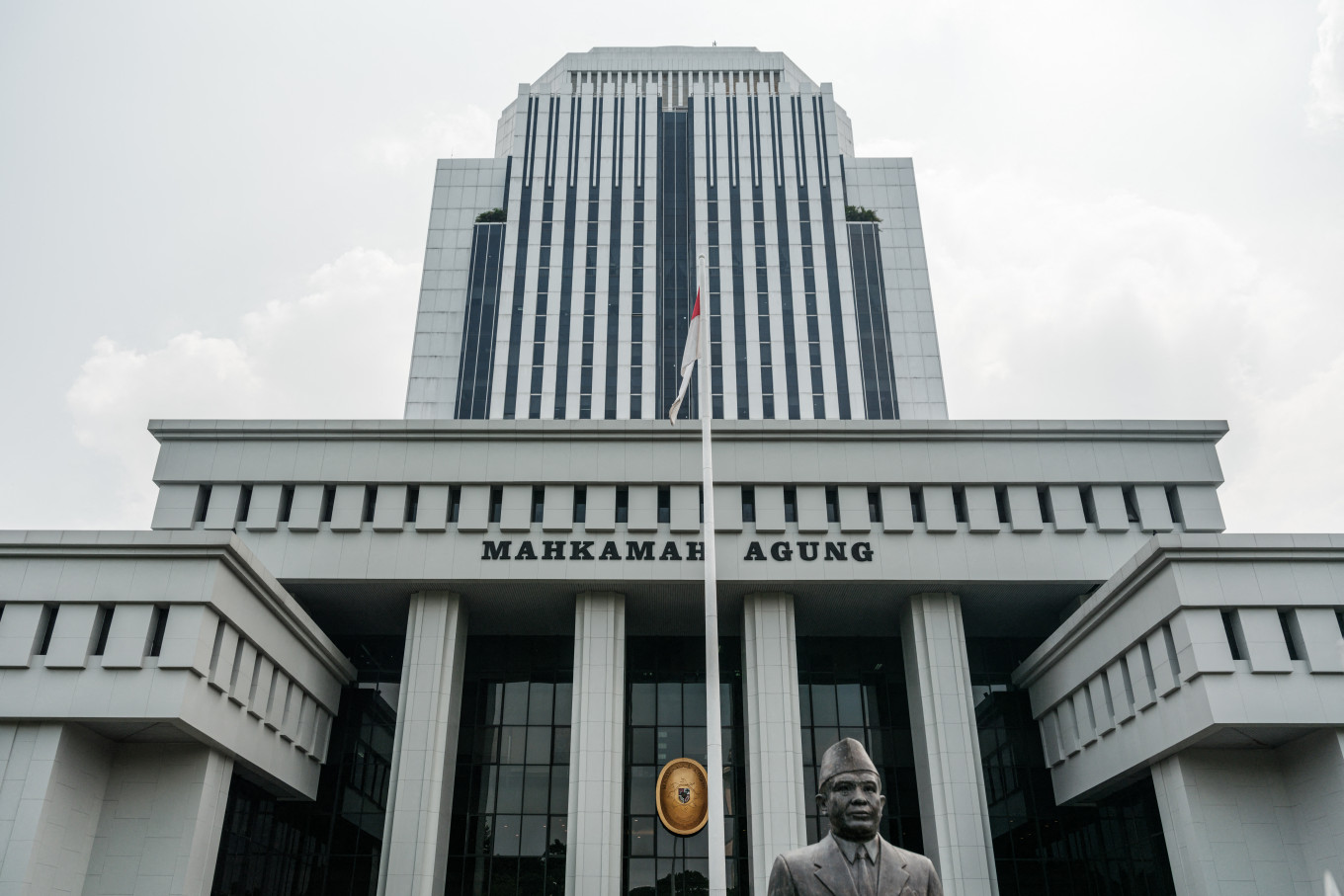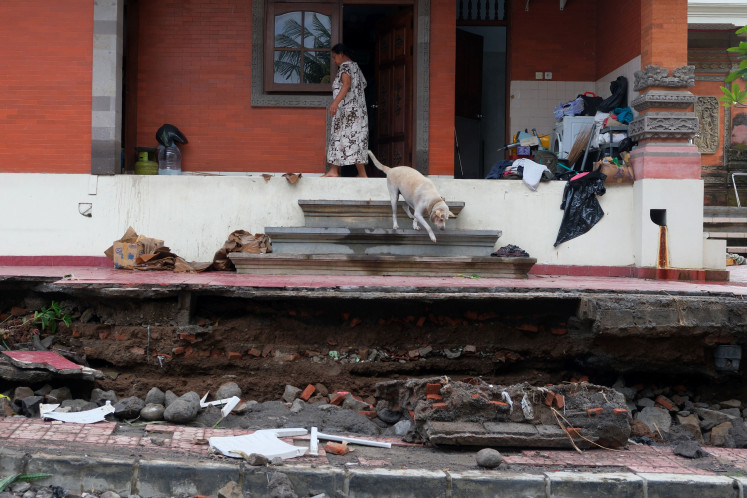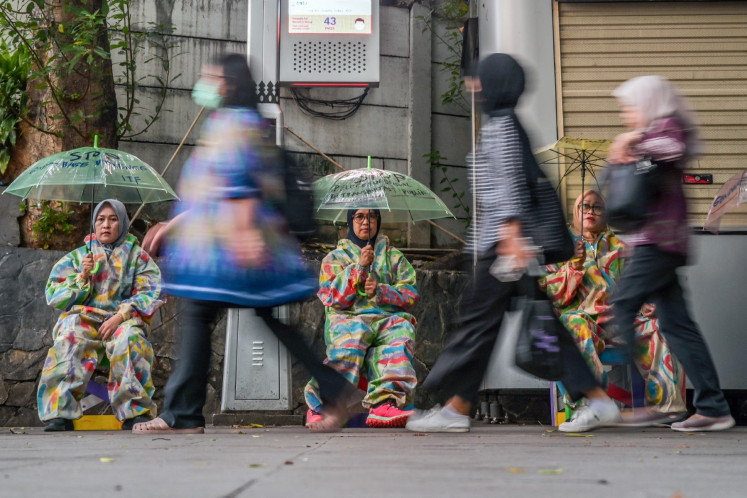Popular Reads
Top Results
Can't find what you're looking for?
View all search resultsPopular Reads
Top Results
Can't find what you're looking for?
View all search resultsSupreme Court needs nearly 2,000 more judges
The Supreme Court faces a critical shortage of nearly 2,000 judges. Irregular recruitment and placement challenges further complicate the issue.
Change text size
Gift Premium Articles
to Anyone
T
he Supreme Court is grappling with a significant shortage of judges, with nearly 2,000 more needed across high courts and district courts, the Supreme Court’s General Judiciary Institution (Badilum) director general Bambang Myanto said on Thursday.
Bambang said that 925 prospective judges were currently undergoing training, far below the total requirement of 2,920.
Speaking at a hearing with the House of Representatives’ Commission III overseeing legal, human rights and security issues on Thursday, Bambang emphasized the pressing need to address this gap. He said judicial shortages were evident at multiple court levels.
Bambang said this shortage contrasted with the increasing number of cases handled by Badilum in the past three years.
“In 2022, district courts managed 107,902 cases, which surged to 123,164 cases in 2023 and 123,175 cases in the following year,” he said, as quoted by kompas.com.
“Meanwhile, the number of appeals rose from 7,709 in 2022 to 17,237 in 2024, being heard at the high courts.”
As of March 12, the total number of judges within the Badilum stands at 4,610. These judges are spread across 416 courts, consisting of 34 high courts and 380 district courts.
“There are 3,410 judges at the district courts, 752 career judges and 102 ad hoc judges at the appellate courts, as well as eight human rights ad hoc judges,” Bambang said.
“As for the number of courts, at the first level there are 15 Special Class IA district courts, 53 Class IA district courts, 114 Class IB district courts and 200 Class II district courts."
Bambang attributed the judge shortage to an irregular recruitment process, saying that there was no set recruitment schedule within the Supreme Court.
"Why is there a shortage? Because the judge recruitment process is not scheduled, as it is not under our authority," he said, as quoted by detik.com.
"Sometimes recruitment happens every five years, sometimes every seven years, resulting in rank vacancies for filling Class II courts," he said.
He said judges must hold a civil servant rank of III-C for placement in Type A courts in Java. However, there are currently no judges with a III-D rank with more than three years of experience.
"If we place them in Class II courts, this affects salaries and benefits, while their junior counterparts are absent due to a six-year gap in recruitment at [this] time," Bambang said.
Gender considerations also play a role in judge placement.
Bambang said that female judges were not assigned to remote, difficult or conflict-prone areas to ensure their safety and well-being.











